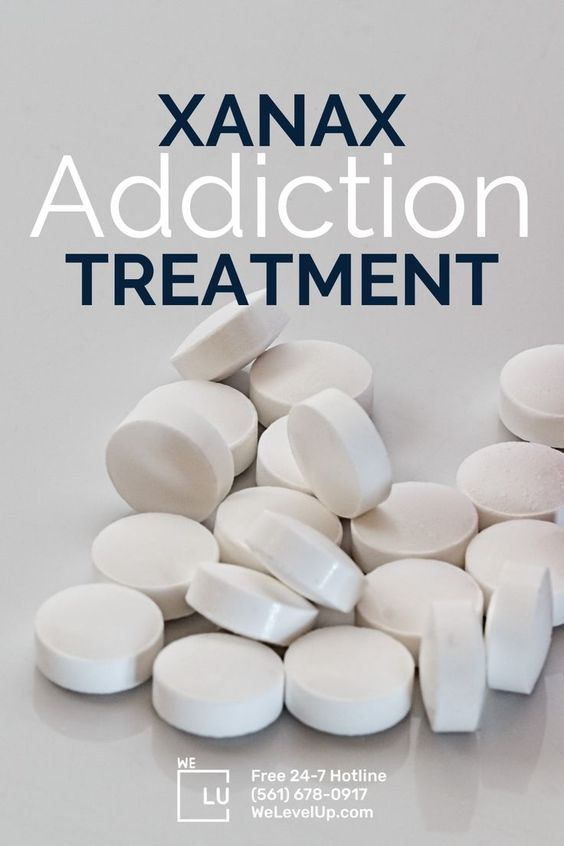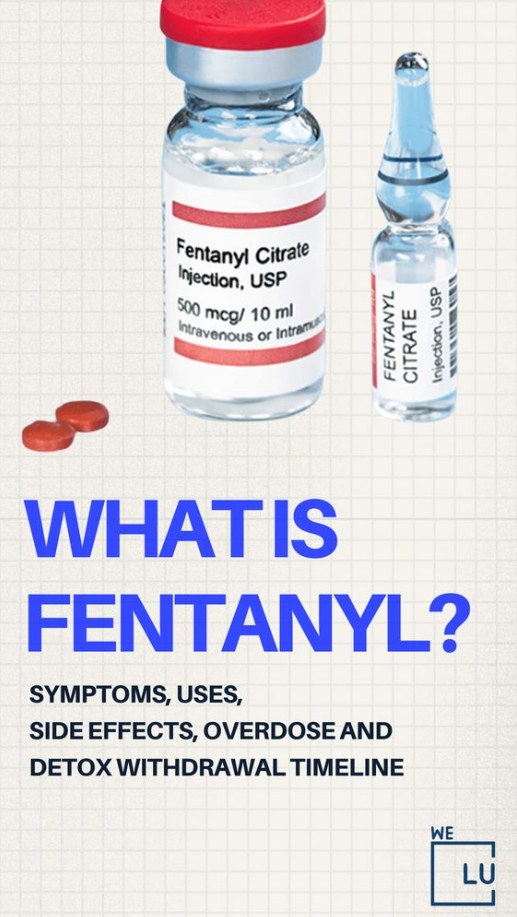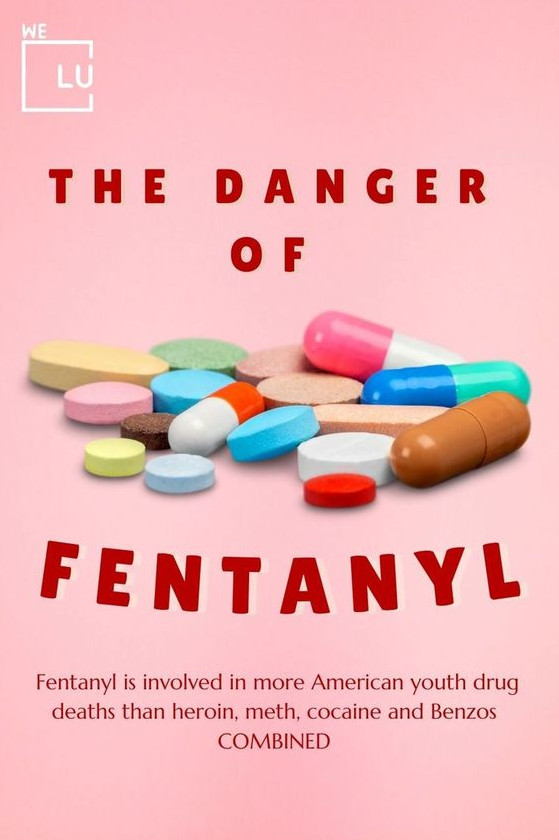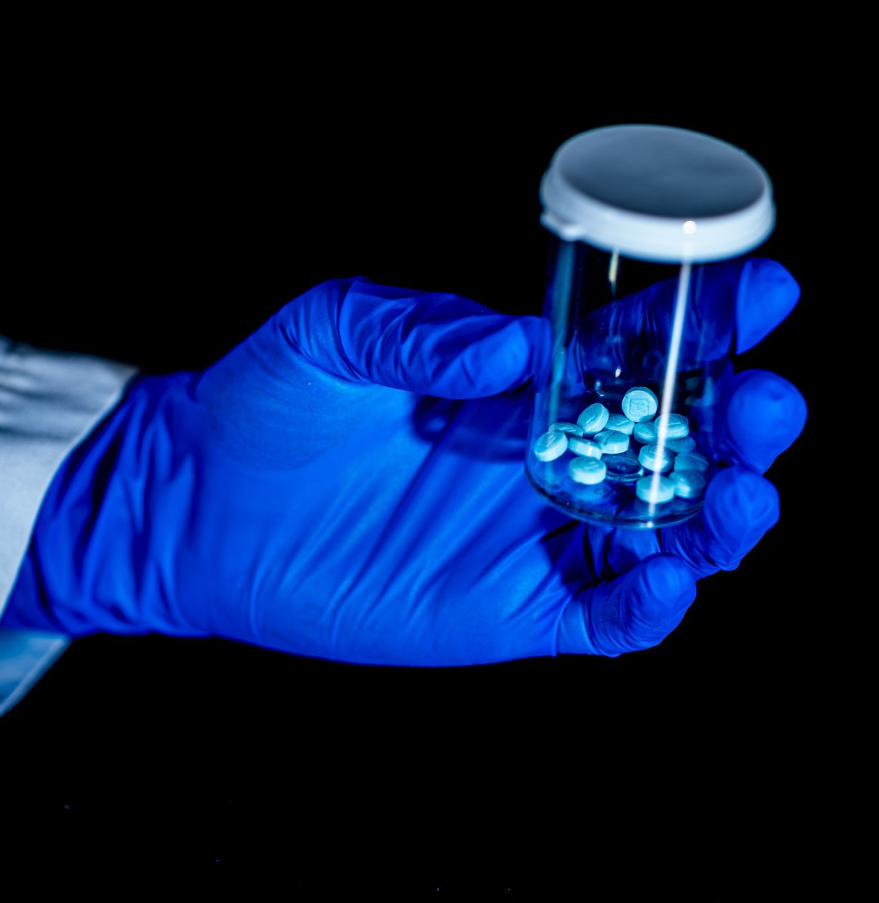What Is Methamphetamine?
Methamphetamine is a powerful and highly addictive stimulant that may affect your central nervous system. Although medications have proven effective in treating some substance use disorders, there are currently no medications that counteract the specific effects of methamphetamine. Also, there is no medication yet to prolong the abstinence from meth or to reduce the misuse of the drug. Evidently, the most effective meth addiction treatment at this point are behavioral therapies, such as cognitive-behavioral therapy and contingency management interventions. [1]
The methamphetamine drug is also known as meth, blue, ice, and crystal. It takes the form of a white, odorless, bitter-tasting crystalline powder that easily dissolves in water or alcohol. Meth can also be smoked, snorted, injected, or orally ingested. Long-term methamphetamine abuse has many negative consequences, including addiction. Addiction is a chronic, relapsing disease, characterized by compulsive drug seeking and use and accompanied by functional and molecular changes in the brain.
The Dangers Of Meth
The experience of “high” from meth only lasts five to 30 minutes then, the lingering effects can last up to 12 hours. Consequently, it causes difficult emotional and physical symptoms, such as depression and insomnia. As a result, meth addiction often follows a pattern of bingeing on the drug for several days at a time, followed by a crash.
Certainly that the short duration of the drug’s euphoric effects may cause you to reuse the substance, which can increase your tolerance to meth. As a result of your tolerance to the drug, you will need to take higher doses to achieve the desired effects. In fact, some users are smoking or injecting meth to experience a stronger, more immediate high.

Most meth heads try to maintain the high by taking more of the drug. In some cases, people indulge in a form of binging known as a “run,” foregoing food and sleep while continuing to take the drug for up to several days. [2]
The short-term effects of meth according to the SAMHSA [3] includes the following:
- Even taking small amounts of meth can cause harmful health effects such as irritability
- Increased blood pressure and body temperature
- Faster breathing
- Rapid or irregular heartbeat
- Loss of appetite, disturbed sleep patterns, or nausea
- Erratic, aggressive, or violent behavior
Drug abuse of meth can lead to many damaging, long-term health risks, even when people stop taking meth, including:
- Permanent damage to the heart and brain
- High blood pressure leading to heart attacks, strokes, and death
- Liver, kidney, and lung damage
- Anxiety, confusion, and insomnia
- Paranoia, hallucinations, mood disturbances, delusions, or violent behavior (psychotic symptoms can sometimes last for months or years after meth use)
- Intense itching, causing skin sores from scratching
- Premature osteoporosis
- Severe dental problems
What Is A Meth Head
Meth head is a slang term for a methamphetamine addict. The consequences of methamphetamine misuse are terrible for the individual—psychologically, medically, and socially. Using the drug can cause memory loss, aggression, psychotic behavior, damage to the cardiovascular system, malnutrition, and severe dental problems. Methamphetamine misuse has also been shown to contribute to increased transmission of infectious diseases, such as hepatitis and HIV/AIDS.
Signs Of A Meth Head
Most meth heads exhibit single-minded behavior (being “stuck”), usually devoted solely to getting their drug of choice and will commit crimes against loved ones as easily as against strangers. Self-loathing causes serious self-destructive behavior. Lack of sleep, poor nutrition, and poor hygiene ages all meth heads far beyond their years, and life expectancy is short, usually caused by brain, renal, and liver damage. A hallmark of the addict is severe cystic acne and rotted teeth. Loved ones of meth heads must learn to dissociate from their addicted friends and keep them away, as property theft is a favorite meth head occupation.

In addition to being meth head, people who use methamphetamine long-term may exhibit symptoms that can include significant anxiety, confusion, insomnia, mood disturbances, and violent behavior. Meth heads also may display a number of psychotic features, including paranoia, visual and auditory hallucinations, and delusions (for example, the sensation of insects creeping under the skin). Psychotic symptoms can sometimes last for months or years after a meth head has quit using methamphetamine, and stress has been shown to precipitate spontaneous recurrence of methamphetamine psychosis in people who use methamphetamine and have previously experienced psychosis.
Brain Damage From Meth Abuse
Long-term meth exposure directly alters the brain’s cellular transporters and receptors (the systems responsible for delivering messages throughout the brain). These transporters and receptors are involved in regulating a person’s moods, which is why chronic impairment can lead to symptoms of irritability, apathy, rage, depression, insomnia, and anxiety.
Methamphetamine addiction also damages the brain’s so-called pleasure (or reward) center. Changes to the brain’s reward center are largely responsible for the drug cravings a person can experience when they quit.
Heavy meth use is known to cause cell death in parts of the brain associated with self-control, including the frontal lobe, caudate nucleus, and hippocampus. Damage in these areas can manifest with a variety of psychiatric symptoms. Unfortunately, these types of cells are not considered redundant. Their function cannot be compensated for by other brain cells. Any damage caused to them can potentially lead to long-lasting changes.
Meth Head Teeth
A common sign of meth abuse is extreme tooth decay, which has created the term Meth Mouth. Methamphetamine users have black or stained and rotting teeth. Most often these teeth cannot be saved.
Meth Heads Teeth Symptoms
- Dry Mouth – Saliva acts as a buffer in the mouth against acidic substances that we may eat or drink. The average person creates about one liter of saliva a day. When saliva production is reduced, the number of oral bacteria can increase. Methamphetamines dry out the salivary glands. When we do not have enough saliva, the acid content in our mouth will start to destroy the enamel on the teeth. Eventually, this will lead to cavities.
- Cracked Teeth – Methamphetamine can make the user feel anxious, hyper, or nervous, so they will clench or grind their teeth. You may see severe wear patterns on their teeth. Sometimes even biting or chewing soft foods, like mashed potatoes will cause their teeth to break. Meth users will suck on lollipops or pacifiers to help keep them from grinding.
- Tooth Decay – Meth users crave beverages high in sugar while they are “high” mainly because they experience dry mouth. The bacteria that feed on the sugars in the mouth will secrete acid, which can lead to more tooth destruction. With meth heads, tooth decay will start at the gum line, and eventually spread throughout the tooth. The front teeth are usually destroyed first.
- Gum Disease – Methamphetamine users do not seek out the regular dental treatment. Lack of oral health care can contribute to periodontal disease (destruction of the bone that supports the teeth). Teeth and gums need blood to stay healthy. Methamphetamines cause the vessels that supply blood to oral tissues to shrink in size. A reduction in blood flow will cause the tissues to break down. Over time the blood flow can not recover and the tissue will become necrotic.
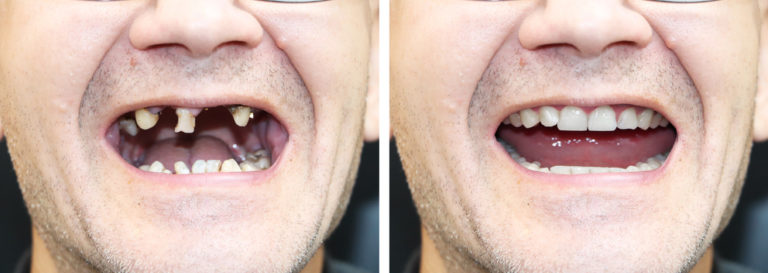
- Lesions – Meth heads who smoke meth present with lesions and or/burns on their lips, gingival, inside cheeks or hard palate. Users who snort may present burns in the back of their throats. Meth use decreases a person’s ability to fight infection and heal after injury.
- Deferred pain – The meth user not experience the pain to be expected from such extensive decay because meth can block or lessen the effects of dental pain. The patient may use their extensive decay to try obtain prescription pain medications.
Recognizing A Meth Addiction
Recognizing an addiction problem in someone you know can be harder than it seems. The American Society of Addiction Medicine (ASAM) [4] defines addiction as a chronic disease that affects the brain’s reward, motivation, and memory functions. Someone with an addiction will crave a substance or other behavioral habits. They’ll often ignore other areas of life to fulfill or support their desires.
General signs of addiction are:
- Lack of control, or inability to stay away from a substance or behavior
- Decreased socialization, like abandoning commitments or ignoring relationships
- Ignoring risk factors, like sharing needles despite potential consequences
- Physical effects, like withdrawal symptoms or needing higher dosage for effect
These signs are commonly linked. The degree of intensity for each sign may depend on how long the addiction has been going on. A healthy person can usually identify negative behavior and get rid of it. This is not the case with someone with an addiction. Rather than admit the problem exists, they’ll find ways to justify and continue the behavior.
The first step to getting help is being able to recognize the physical, mental, and emotional signs, like abrupt weight or personality changes in your friends or family members.
Find Treatment For Meth Addiction
Clearing meth from the body and overcoming withdrawal symptoms is the goal of meth detox, which is the first step of treatment for meth addiction. [5] We Level Up TX has a comprehensive team prescribing medications that can alleviate your withdrawal pains while monitoring your health 24 hours during the detox. We Level TX rehab center will prioritize your safety and comfort because this is a fragile and challenging time for you.
Once detox is complete, a new doorway in treatment opens up, which is referred to as a residential level of care. We Level Up TX residential care program slowly and effectively introduces the individual into an atmosphere of therapeutic growth, marked by master’s level therapists, clinicians, group counselors, psychiatrists, and a community of like-minded individuals with the same aim: to attain sobriety and live a great life.
Some of the many modalities applied and practiced within our residential treatment facility are:
- Cognitive Behavioral Therapy
- 12-Step Groups
- Group Therapy
- Biofeedback
- Alumni Support
- Stabilization
- Holistic Therapy
We Level Up TX treatment tailors the program to the individual and the individual to the program of recovery. We begin by assessing our client’s history of mental health, drugs, and alcohol-related past. The needs of each patient are specific and personalized because we aim to provide comprehensive support for mental health, addiction, and dual diagnosis treatment. This supportive environment is designed accordingly to give patients 24-hour care for sobriety. Most importantly, we hope to have our clients live comfortably within the facility during this crucial and fragile time. We Level Up rehab center in TX prioritizes removing temptations for relapse and applying an air of recovery into every component of the treatment timeline.
If you or a loved one is struggling as a meth head or living with meth addiction, reach out to We Level Up TX addiction rehab center to get started with admission and treatment options.
Sources:
[1] Methamphetamine – National Institute on Drug Abuse
[2] Meth – Substance Abuse and Mental Health Service Administration (SAMHSA)
[3] Methamphetamine Misused – National Institute on Drug Abuse
[4] https://www.webmd.com/connect-to-care/addiction-treatment-recovery/methamphetamine/signs-of-a-meth-overdose-and-what-to-do
[5] We Level Up » Rehab » Meth Addiction Treatment
